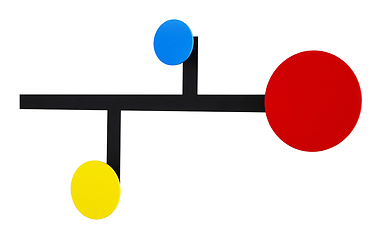Théodore Rousseau (1812-1867). The voice of the Forest - Exhibition catalog
MX026150
WRITTEN IN FRENCH
From the beginning of the 1830s to the end of the 1860s, Théodore Rousseau, a landscape painter obsessed with trees and the study of light, played a fundamental role in the affirmation of the new French school of landscape: the school of Barbizon.
Théodore Rousseau finds his inspiration...
Read more
WRITTEN IN FRENCH
From the beginning of the 1830s to the end of the 1860s, Théodore Rousseau, a landscape painter obsessed with trees and the study of light, played a fundamental role in the affirmation of the new French school of landscape: the school of Barbizon.
Théodore Rousseau finds his inspiration in the outdoors and travels through Normandy, Vendée, Auvergne, Berry, the Alps, the Landes, the Pyrenees and the Jura. But his main source of inspiration is very close to Paris: the forest of Fontainebleau. The latter offers him a wide variety of motifs - trees, undergrowth, rocks, clearings - which he observes, solitary, for long hours, making sketches on the motif before creating his final works in his studio. Nature has mystical overtones for him - "I heard the voice of the trees" - and will campaign with Napoleon III so that the forest of Fontainebleau obtains the name of "artistic reserve".
A restless and wild talent, Théodore Rousseau defies the hierarchies that were required in the genre of landscape, blurring the boundaries between painting and drawing, between sketch and finished work.
Exhibition at the Petit Palais from 05 March 2024 to 07 July 2024
French
192 pages / 150 illustrations
Éditions Paris Musées
Close
Sold by GrandPalaisRmn




